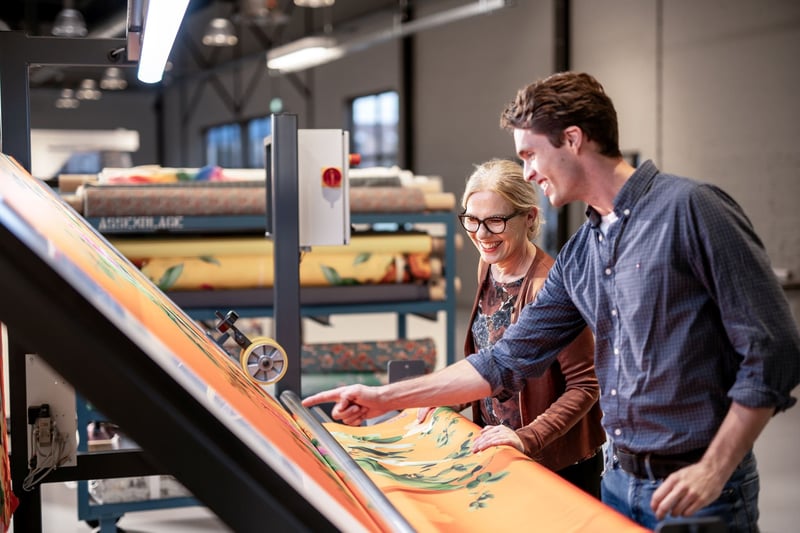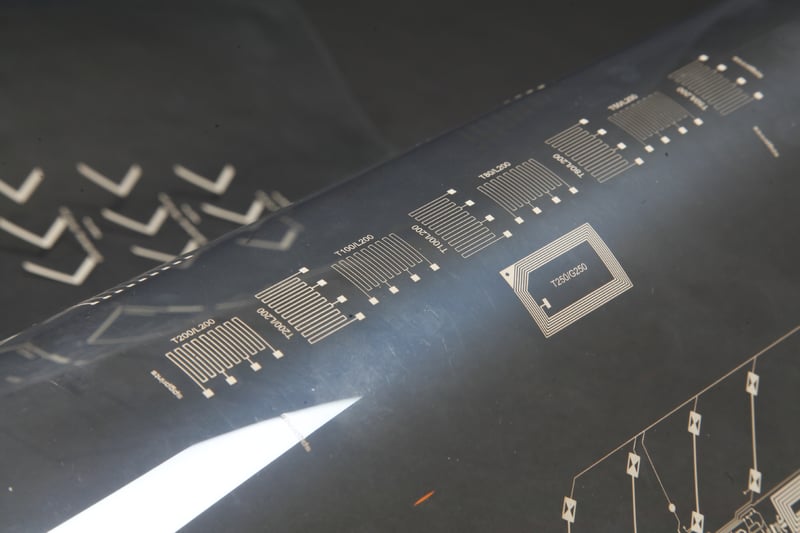The COVID-19 pandemic put immense pressure on societies worldwide, and because of that, the demand for more and faster testing capacity became greater than ever before. Pharmaceutical companies strive to make rapid test devices as available to the public as possible, but innovative technologies for Printed Electronics are necessary to do so.
Biosensor Test Strips are an innovative technology, but with the short-term demand for millions of test strips for a virus that’s still relatively new, companies are facing a challenging task. Rotary screen printing might be the solution for this challenge.
Point of care testing
Biosensors have been used around the world for over 30 years now. They are a quick tool for analyzing diseases, using just a strip and body fluids. For example, a common application of biosensors in the medical industry is the glucose test strip for diabetics patients. They use these strips to test if their blood sugar levels are deviating from normal. To provide the patient with quick test results, the blood is dripped on a test strip which is then examined by a diagnostic test device. Within seconds, the patient can see what their exact levels are. This requires printing a carbon- or silver-like substance that can conduct.
Although this technology has been around for a long time, the quantities demanded have increased dramatically lately. That is because the so-called “point of care” testing has the potential to increase test capacity drastically. Instead of depending on a lab, point of care devices allow you to get results on the spot within minutes.
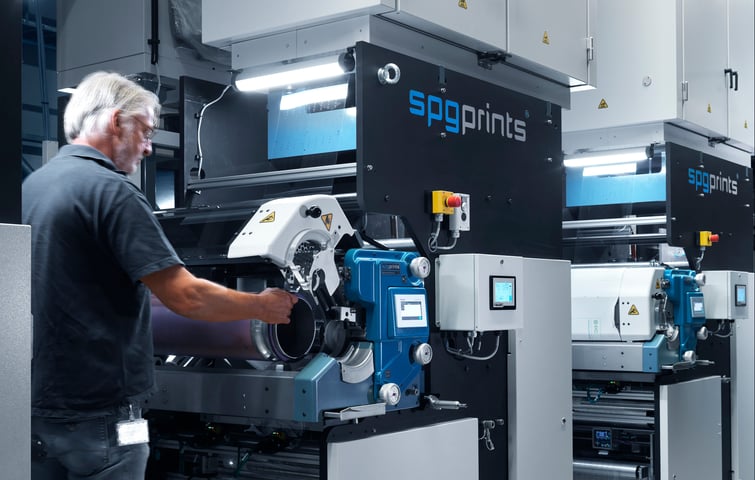
With point of care testing (POCT), laboratory tests can be performed immediately in the vicinity of a patient. For this reason it is also called "bedside testing", but thanks to new developments it now extends beyond the hospital bed. For example, point of care testing could be done at airports, allowing passengers to be tested for COVID-19 or another virus before they travel.
Comprehensive printing process
The biosensor test strips needed for point of care testing contain an advanced piece of technology. The film used for the test strips must be printed in such a way that it can absorb the body fluid and provide the optimal conditions for the reagen to react with the body fluid. Therefore, a high level of precision and the correct innovative technique to print the film is required for the printing process.
Based on specific questions a decision about the printing process is made. This means the request for proposal is always leading. For what purpose is the test strip used? What layer thickness is required, how many layers will the end product contain and what temperatures must the test strip be able to withstand?
There are three types of printing techniques for making biosensor test strips: screen printing (either flatbed or rotary), inkjet printing and aerosol jet printing (sputtering). To determine which technique is best suited for a specific requirement, it is important to understand the drivers of a potential customer.
Drivers to select rotary screen printing as the best fitting solution are Volume, Speed and Uniformity/Stability. Its output per square meter is the highest in its league.
The video below provides more information about the RSI line:
Making test strips with Rotary Screen Printing: the benefits
A lot of the aforementioned drivers can be improved by changing the printing technique to rotary screen printing. With rotary screen printing, a lot of products can be made. It is used for textile, but it is also one of the favorite techniques for producing biosensor test strips. There are a few reasons for that:
- Continuous printing – seamless rotary screens
- Fast digital prepress
- Uniform/Stable production process
- Less waste
- High output, high volume
- One-stop shopping - SPGPrints
- Continuous Printing – Seamless rotary screens
Rotary screen printing, as the name suggests, is a rotary process. This allows you to keep printing continuously, and with the availability of seamless screens it is even possible to print endless patterns. Not only does this mean you can print more in less time, but it also guarantees less downtime. - Fast digital prepress
With the digital prepress solutions, it is easy to prepare your print jobs. Besides achieving the same high quality over and over again, you can have your rotary screen ready within minutes. - Uniform/Stable production process
Due to its continuous process, rotary screen printing is less likely to fail during a production run. As the screen rotates in the same direction with a stable speed, you are able to achieve the optimum output, over and over again. - Less waste
There’s less risk of waste using rotary screen printing, due to its continuous process. Combined with the fact that seamless rotary screens can print full repeats without any gaps, this results in maximum output. - High output, high volume
In comparison with flatbed screen printing, rotary screen printing allows you to reach higher speeds. Automatically this has great benefits for your output, enabling you to print high volumes in a shorter time frame. - One-stop-shopping - SPGPrints
A final important benefit of Rotary Screen Printing is the one-stop-shopping principle by SPGPrints. A specialist in rotary screen printing like SPGPrints can support the entire process from start to finish, eliminating the need for other outsources. The entire printing process can be arranged with one single partner.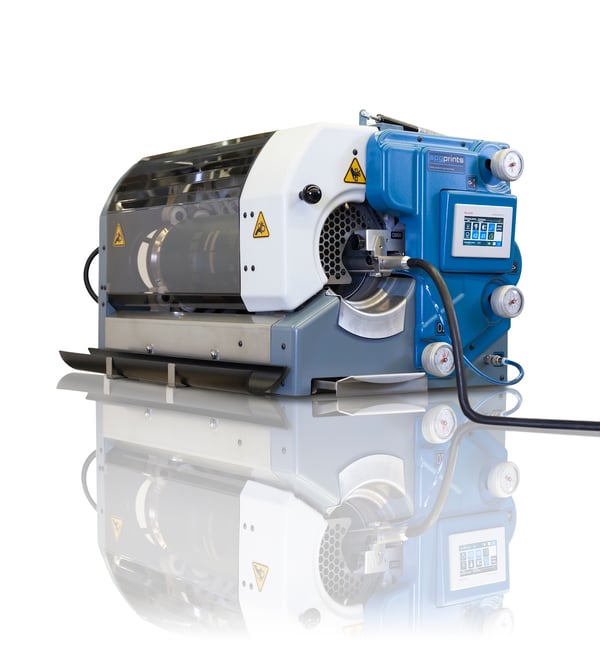
The transition to Rotary Screen Printing
Rotary screen printing provides users with several advantages over other screen-printing techniques. It provides great accuracy, high-quality levels and helps users to increase their productivity. But most importantly, it enables users to quickly scale up their printing process. For that reason, some users start with flatbed printing but switch to rotary screen printing once their product has to be produced on a greater scale.
The transition to a new type of printing technique might seem a challenging ordeal at first, but in the end it can optimize your whole production process and improve the end quality and customer satisfaction as a result.
Besides biosensor test strips, rotary screen printing techniques are also used for the creation of — amongst others — printed electronics, flexible solar cells, RFID tags and printed batteries. The possibilities are endless. Is rotary screen printing also the best solution for your printing process?
More efficient printing for your company
Do you want to reduce maintenance and reduce manpower requirements? Or are you curious about what specific advantages a rotary printing process can offer your organization? In our Webinar on Printed Electronics, our experts explain everything about Rotary Screen Printing and the advantages for your manufacturing process. Download the free On-Demand recording here:
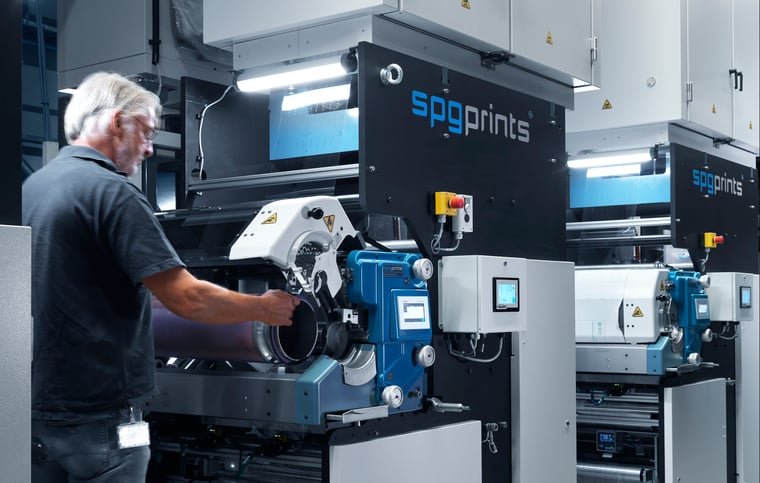

%20%7C%20Challenge%20Ben%20page.jpeg?width=1600&name=Ben%20RSI%20(re-sized%20for%20loading)%20%7C%20Challenge%20Ben%20page.jpeg)

